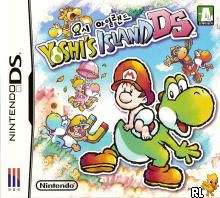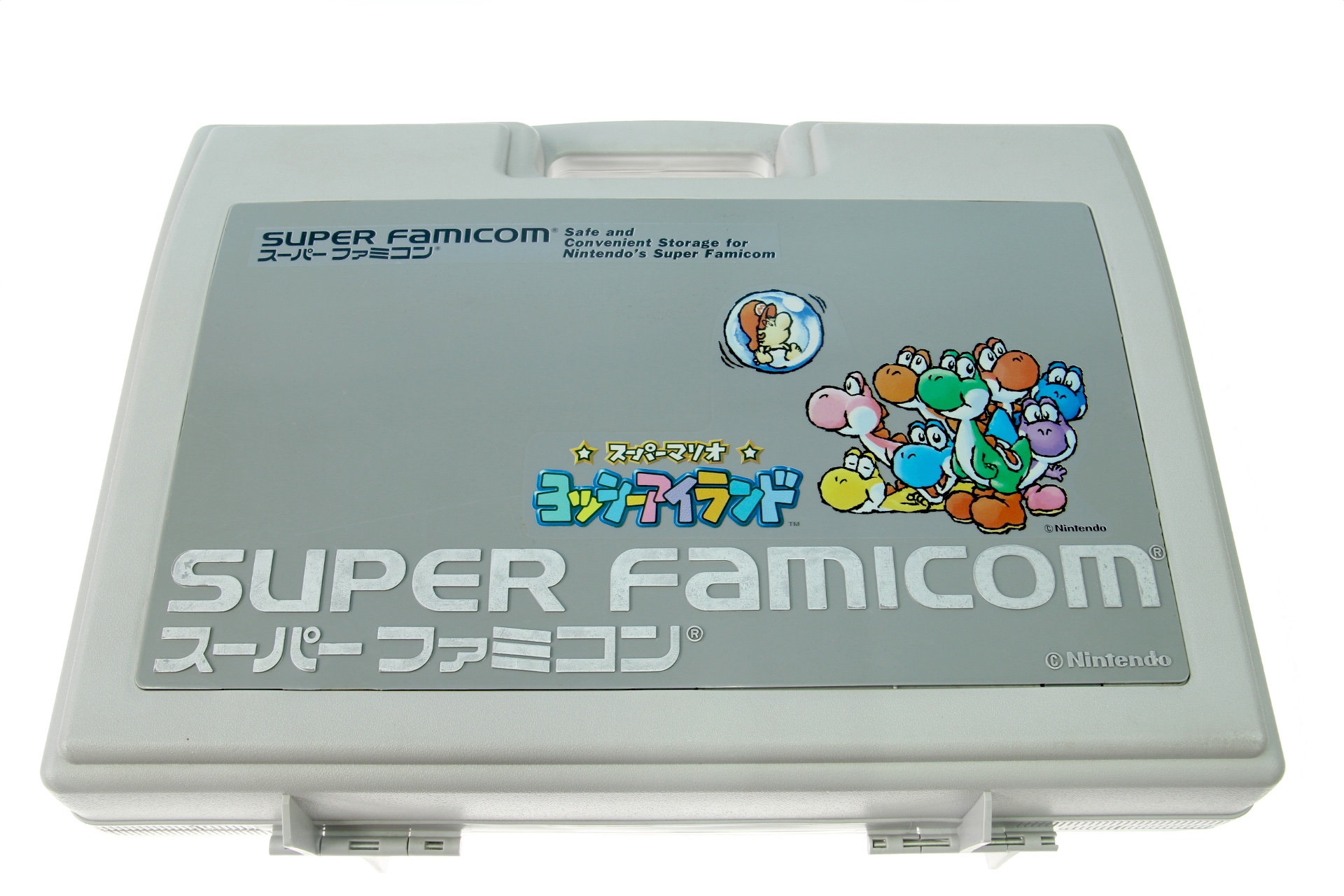
The letters on the buttons were bolded, however. The buttons were changed to light and dark purple in the U.S.ĭespite the updated controller icon on the map screen (see above), the button colors on the control options screen were not changed.

On the control options panel, the button colors in the Japanese version match the colors on the Super Famicom (Japan's Super NES) controller. Though the score panel was redesigned, it has a blue pencil in both versions. Even though the flower takes up most of the space, the background color was changed from blue to green. version shows a flower icon and simply changes the number for each world. In the Japanese version, the bonus panel shows the name of the bonus game contained inside, which changes for each world. The "Special" levels in the Japanese game are called "Extra" levels in the U.S. For reference, here are the full World 1 map screens: version names the files "File #" instead of keeping "Yoshi #" from the Japanese version.īelow, we'll take a closer look at the last four map screen panels. The English title suffers from squished-text syndrome, but it's no problem for Yoshi's trademark "egg-for-an-O". Images from the official Super NES Classic American and Japanese sites. We'll see "Yossy" come up again in World Extra 6.

"Yossy" is another way to romanize "Yoshi" that Nintendo's Japanese team uses sometimes. The main thing we wanted to point out here are the words "Yossy Island" on the green banner under the Japanese title logo. box features Yoshi and Baby Mario rushing towards a Nep-Enut. As for the artwork, the Japanese version has more of a laid-back feel, while the U.S. The Japanese packaging uses a vertical design, which is pretty normal for a Japanese Super NES game. The two versions compared on this page are the following:


 0 kommentar(er)
0 kommentar(er)
